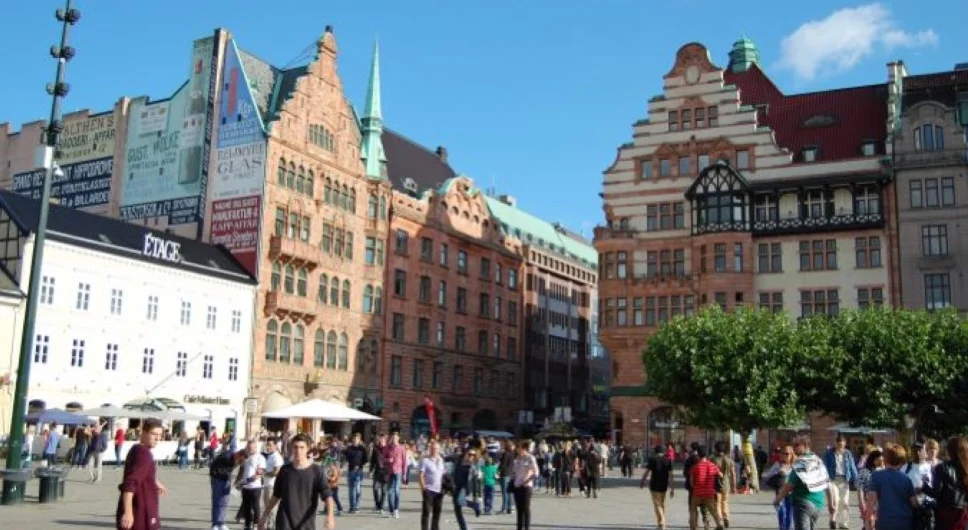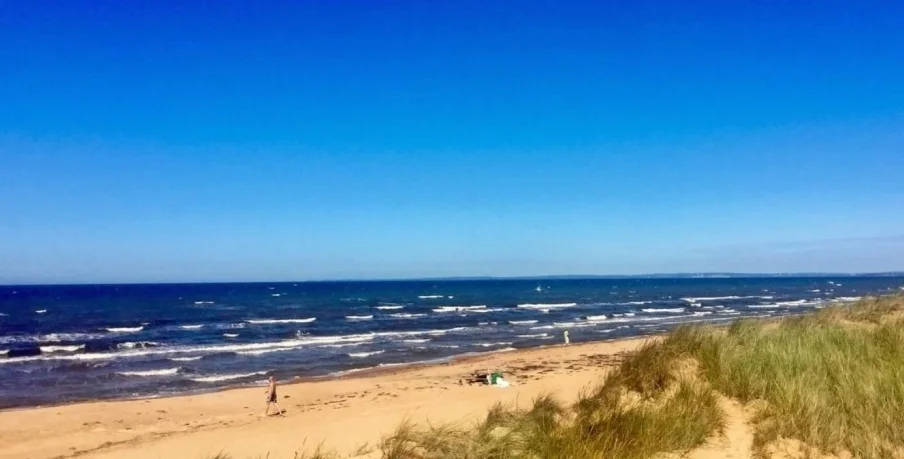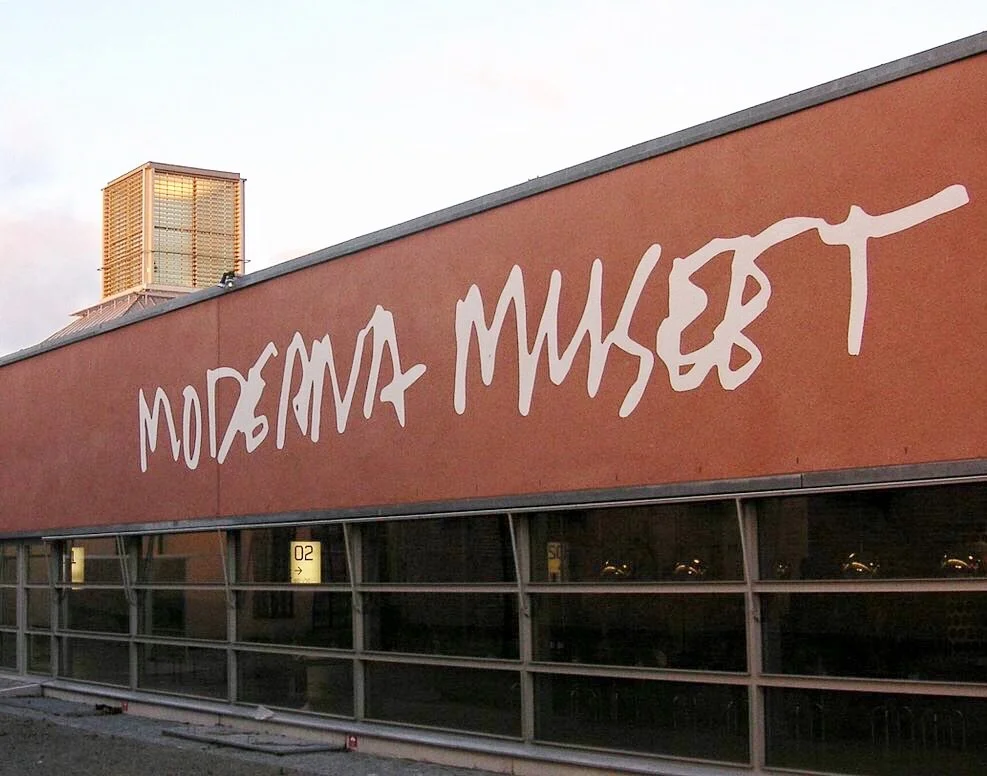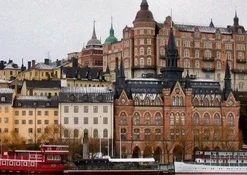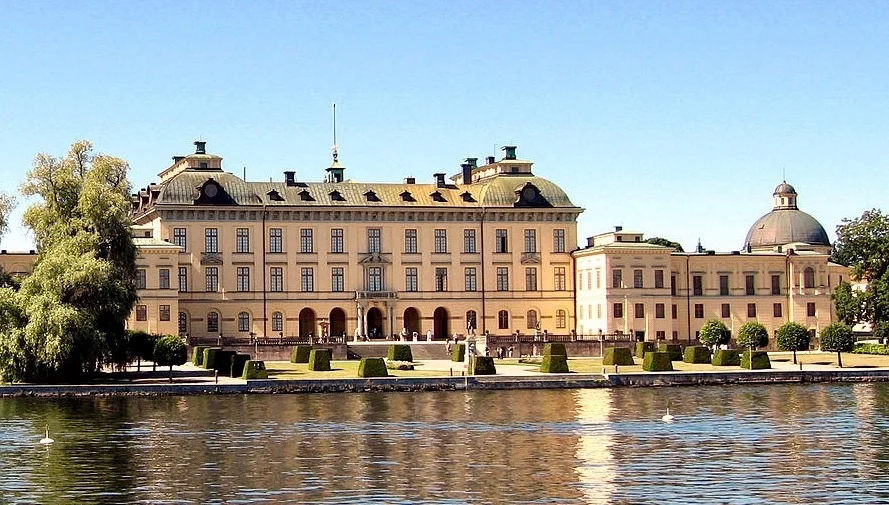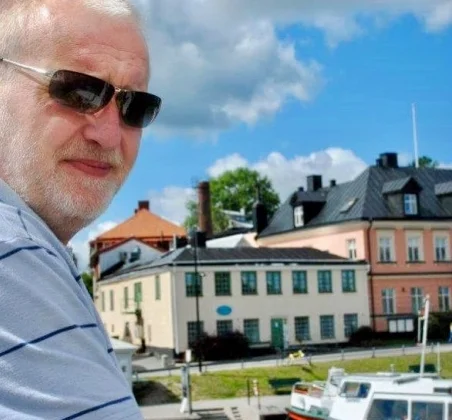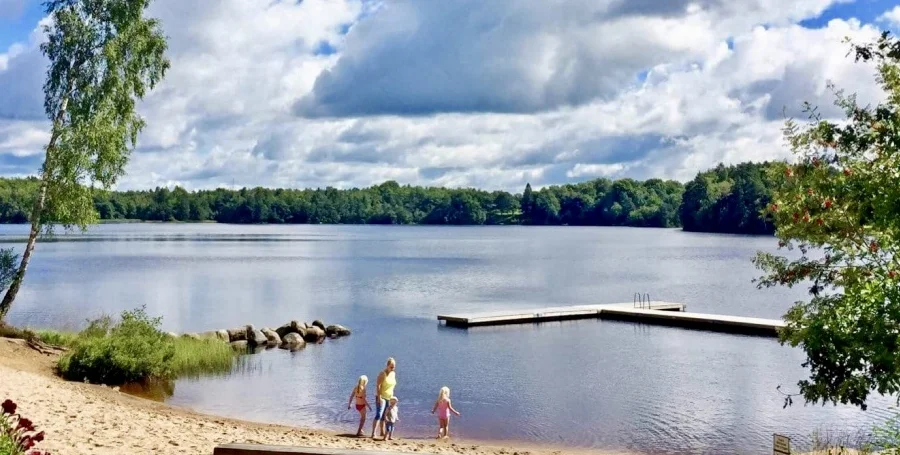HOW TO GET THE BEST OF SWEDEN
The Kingdom of Sweden is a member of Scandinavian countries in northern Europe. The country borders with Norway to the west, Finland to the east and Denmark to the southwest. The northern part of Sweden lies in the Arctic Circle. It is the third largest country in the EU, with a population of 10 million people and an area of 450,295 km2. Sweden has an average of only 22 people per km2. Most of the population reside around the southern part of the country. Sweden is part of the EU and Schengen state but retains its own currency, the Swedish Kroner. The nation’s capital is Stockholm, where about 20% of its total population live in the metropolitan area. The second and third largest cities in the country are Gothenburg and Malmo.
Sweden is one of the most developed and modern country in the world. No matter where you are, the country is very pretty, easy and safe to get around, whether you are up in majestic Lapland with its unique Ice and Tree hotels, or in beautiful Stockholm and Lake Vattern, or if you are down south visiting its sand beaches. Outside major cities you will find trees, forests and lakes everywhere. Everybody speaks English and of course and they have amazing cuisine. One caution: almost everything is expensive compared to other western European countries.
Sweden’s history date back to prehistoric times in 12,000 BC, beginning with Germanic people who inhabited the country and emerged into history as Geats, Swedes and Norsemen. These tribes ruled Sweden until last centuries BC. Starting from 1st to 5th century, the Roman Empire interacted with the southern part of Sweden forming commerce as well as possible “Client State” relations. By 6th century, there were two tribes occupying the country, particularly south side in Scandza: Suetidi and Suehans; both considered to be synonymous with the Swedes. Then came the Swedish Viking Age which lasted from 8th to 11th century when they became successful merchant seamen well known for far-reaching trade. They travelled through Finland, the Baltic countries and as far south as Baghdad. Theophilos, a famous Byzantine Emperor, noticed the Vikings’ great skills in war and appointed them to serve as his Varangian Guard. Swedish Vikings, or Rus, are believed to be the founding fathers of Kievan Rus- the cultural ancestors of modern peoples of Belarus, Ukraine and Russia.
Between 11th-12th centuries, Sweden became a unified Christian kingdom and by 13th-14th centuries they colonised the coastal areas of what is Finland today. By mid 14th century, most of Europe was struck by Black Death- a devastating pandemics in Europe that killed 1/3 of Sweden’s population. In 1319, Sweden and Norway became one kingdom under King Magnus Eriksson and by 1397 Queen Margaret I of Denmark unified Denmark, Sweden and Norway under the Kalmar Union. However, her successors failed to control the Swedish nobility and it became independent and unified during the Middle Ages. By 17th century, Sweden became a great power in the rule of King Gustavus Adoolphus through the Thirty Years’ War. It seized territories from Russia and Poland-Lithuania as well as conquering half of Holy Roman states. Russians fought back for independence and won in 1709 against Charles XII. Following his death in 1718, Sweden’s reign as a great power ended. During 18th century, Sweden lost control of most of its territories outside Scandinavia. In 1814. King Charles the XIII rejected Norway’s campaign for a sovereign state and forced the country into a union with Sweden. This was the last time Sweden was at war. Norway finally became a sovereign state in 1905.
Sweden started developing its industrialised economy between 1870 and 1914. In 1917, following an unsuccessful communist revolution, the country re-introduced the parliament system of government and became a democracy. It remained neutral during World Wars I and II. In recent decades, Sweden has become a more culturally diverse nation due to a large influx of immigrants. Today, it is the seventh richest country in the world in terms of GDP dominated by large, knowledge-intensive and export-oriented manufacturing sector. It has one of the most-highly developed welfare states in the world.
Sweden is quite a large and long country as depicted in on the map. I have basically travelled around many of its areas and therefore I feel it is best described if I divide the country into 4 parts: North of Sweden, between Lulea and Kiruna (Lapland, within Arctic Circle); Stockholm, the capital and its surrounding Archipelago; Lake Vattern area, which is the second largest lake in the country situated between Stockholm and Malmo; and South of Sweden, where we normally spend one week of the summer to visit family.
Places . . .
Recommended Places To Go . . .
Featured . . .

